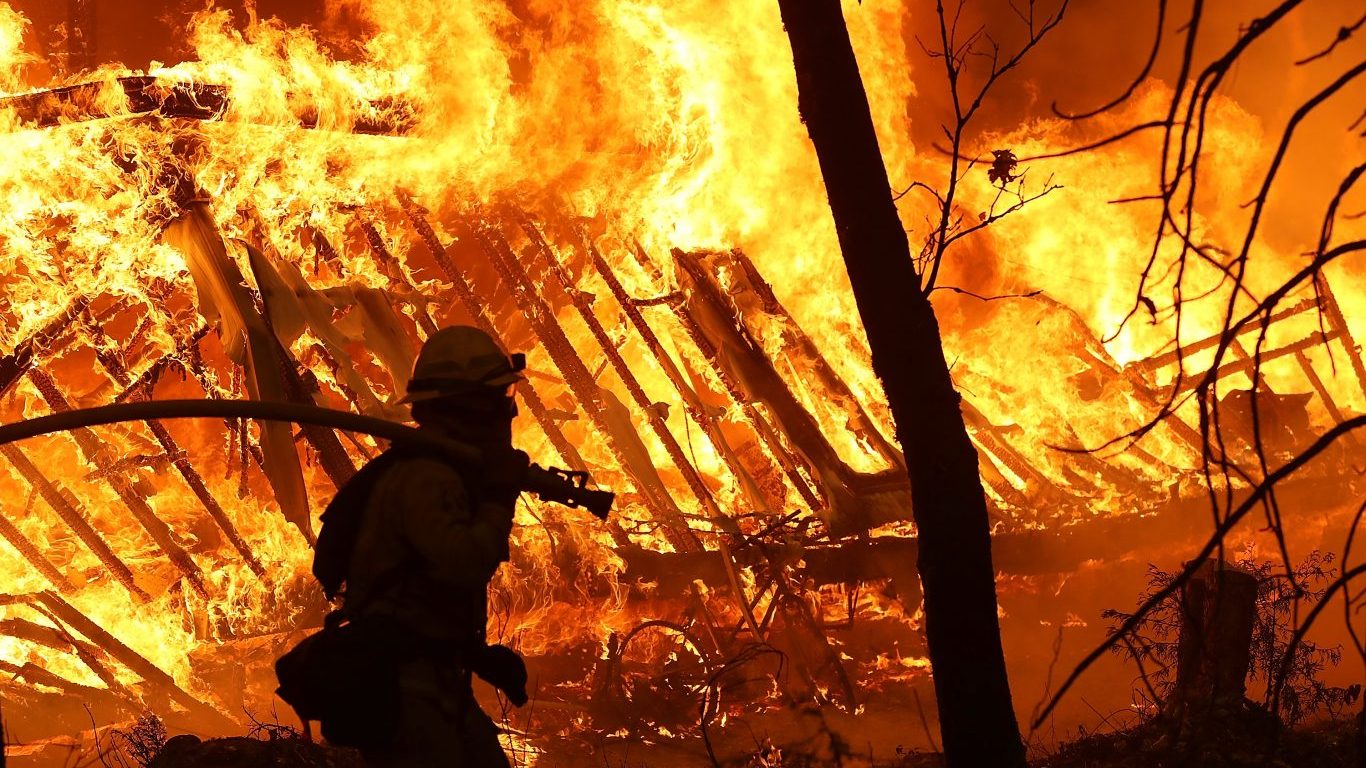Infrastructure
Does PG&E's Reorganization Plan Have Any Support?

Published:
Last Updated:

The bankruptcy reorganization plan submitted by PG&E Corp. (NYSE: PCG) on Monday got a predictable response: with a few exceptions, no one liked it. PG&E’s plan proposes to pay in full, with interest, all funded debt obligations, trade claims and employee-related claims in place before the January bankruptcy filing. The plan does not, however, have a disclosure statement outlining how the company will achieve that.
The company also proposes assuming all power purchase agreements (PPAs) and community choice aggregation service agreements and all pension obligations, other employee obligations and collective bargaining agreements. Again, PG&E’s submission is short on details.
PG&E is offering a considerably poorer deal to victims of the wildfires that tore through northern California in 2017 and 2018, causing more than 100 deaths and the loss of billions of dollars in property damage. The company is offering a total of $17.9 billion to compensate victims of the fires along with $8.5 billion to compensate insurance companies for claims they have already paid.
The company proposes to fund these billions by raising equity through rights offerings or one or more secondary stock offerings. The company said it will seek equity financing commitments (presumably on a debtor-in-possession basis) of $14 billion from several banks. All the equity raised “will be used to pay wildfire victims and help fund PG&E’s contributions to the state wildfire fund.”
Representatives of wildfire victims denounced the plan for proposing to pay less than half of what they claim are the actual damages. Bloomberg cited a spokesman for a group representing fire victims who said that the proposed compensation is “fraction of what wildfire victims would need to rebuild their lives.” The federal District Court for Northern California will make the determination on how much compensation the company must pay. PG&E once said it believed its liabilities for the fires could reach as much as $30 billion.
Over the weekend, PG&E rejected asset buyout offers from the city of San Francisco, which offered to pay $2.5 billion for the company’s distribution system within the city, and from a central California irrigation district that offered $116 million for certain hydroelectric assets.
Renewable-energy firms probably got the best offer. PG&E will honor its PPAs with renewable power generation firms. Shareholders, including a couple of big investors, are ignored in PG&E’s plan, but it’s a certainty that they will not give in quietly. Investment management firms Pimco and Elliott Management have led a group that proposed wiping out current investors and giving the management firms control of the company. By meeting Monday’s deadline for submitting a reorganization plan, PG&E has forestalled the district court’s threat to open up the proceedings to competing reorganization plans, such as the one Pimco and Elliott backed.
PG&E lost a chance to issue tax-free state bonds last week when the state legislature adjourned without taking action on a bill that would have allowed the company to issue such bonds.
The plan proposed on Monday has zero chance of being approved as it stands. Everyone expected that. With some exceptions, though, everyone expected more than PG&E proposed. That suggests a long and winding road to a conclusion of the largest utility bankruptcy in U.S. history.
After two decades of reviewing financial products I haven’t seen anything like this. Credit card companies are at war, handing out free rewards and benefits to win the best customers.
A good cash back card can be worth thousands of dollars a year in free money, not to mention other perks like travel, insurance, and access to fancy lounges.
Our top pick today pays up to 5% cash back, a $200 bonus on top, and $0 annual fee. Click here to apply before they stop offering rewards this generous.
Flywheel Publishing has partnered with CardRatings for our coverage of credit card products. Flywheel Publishing and CardRatings may receive a commission from card issuers.
Thank you for reading! Have some feedback for us?
Contact the 24/7 Wall St. editorial team.